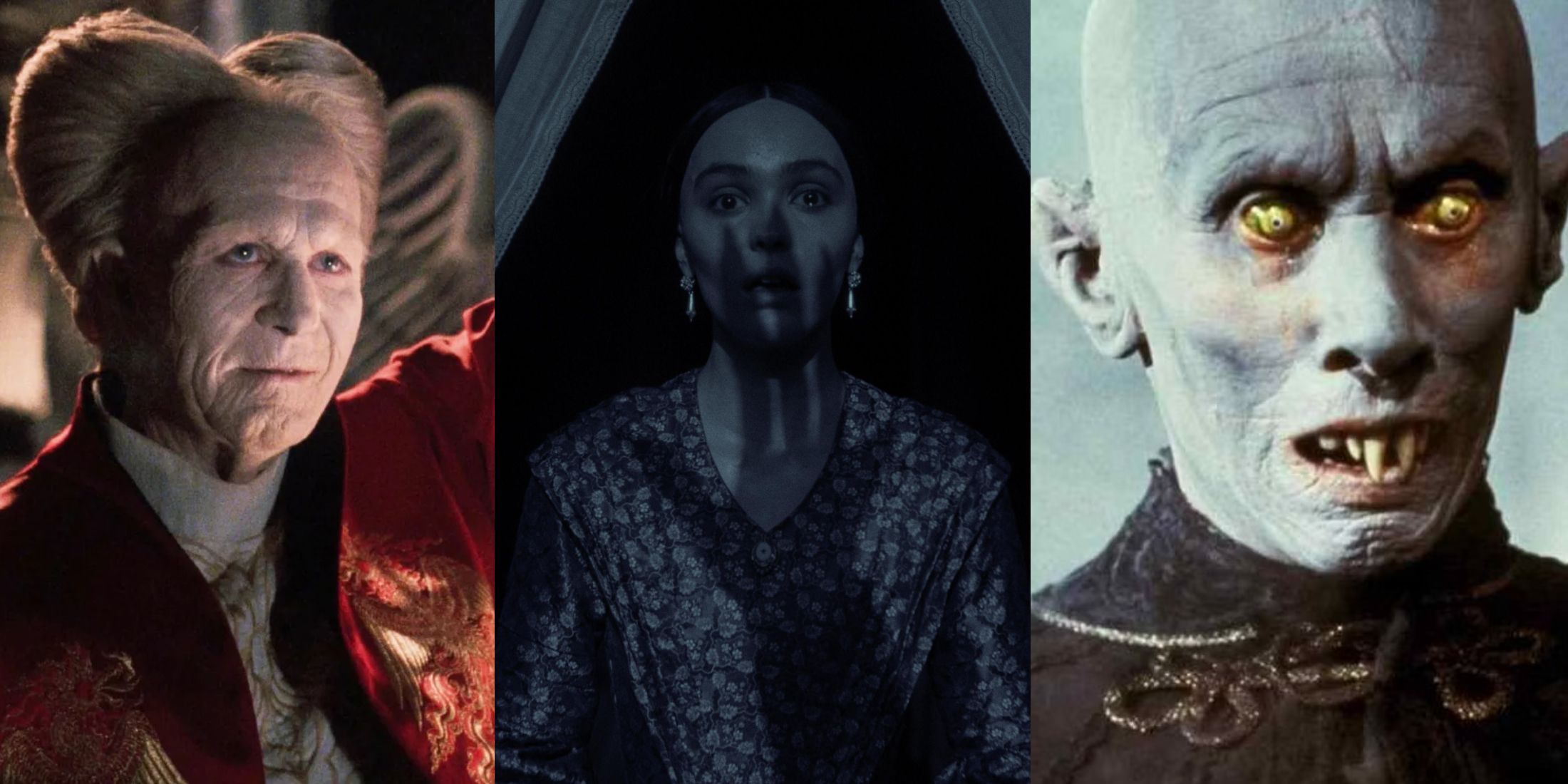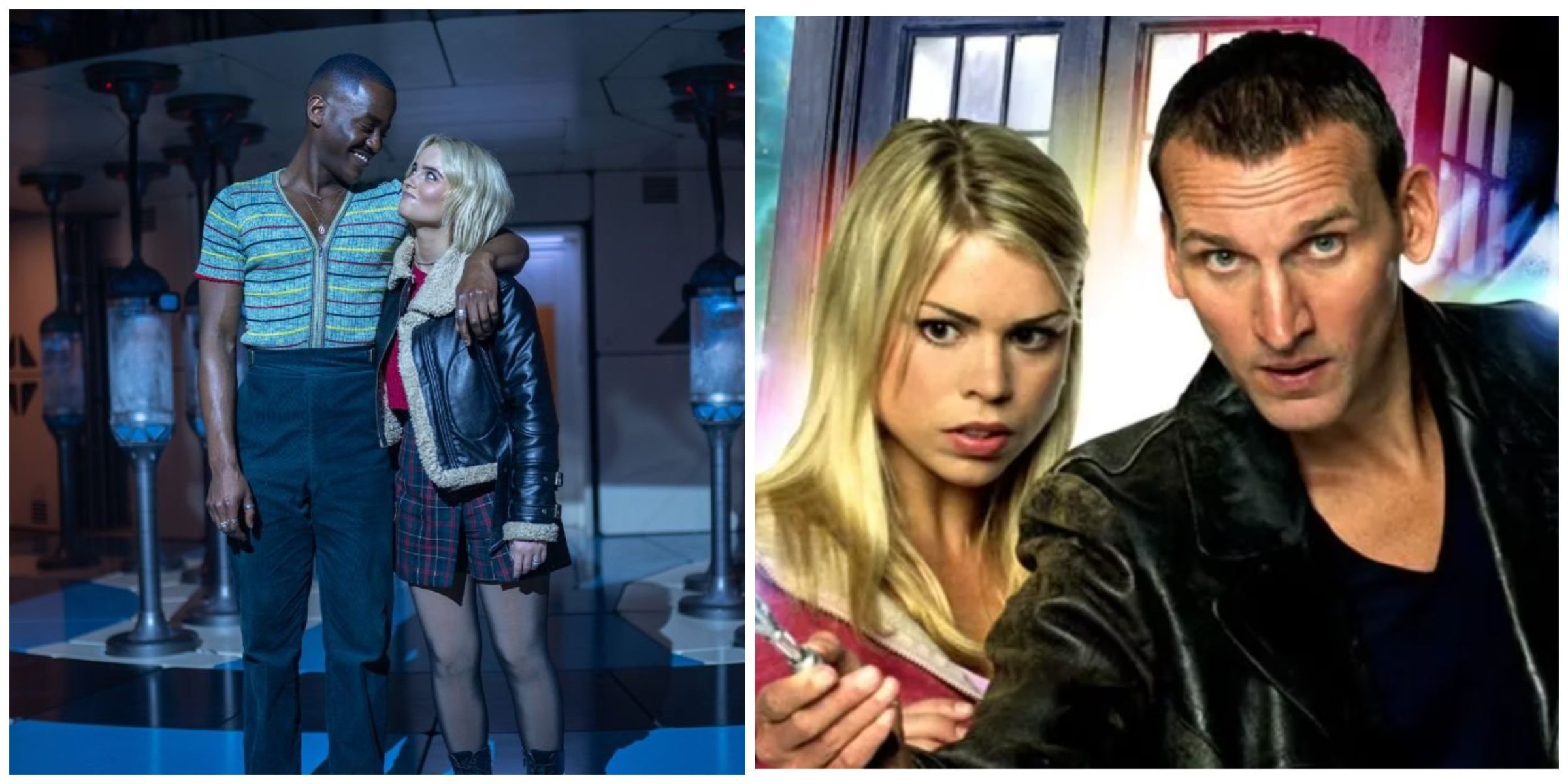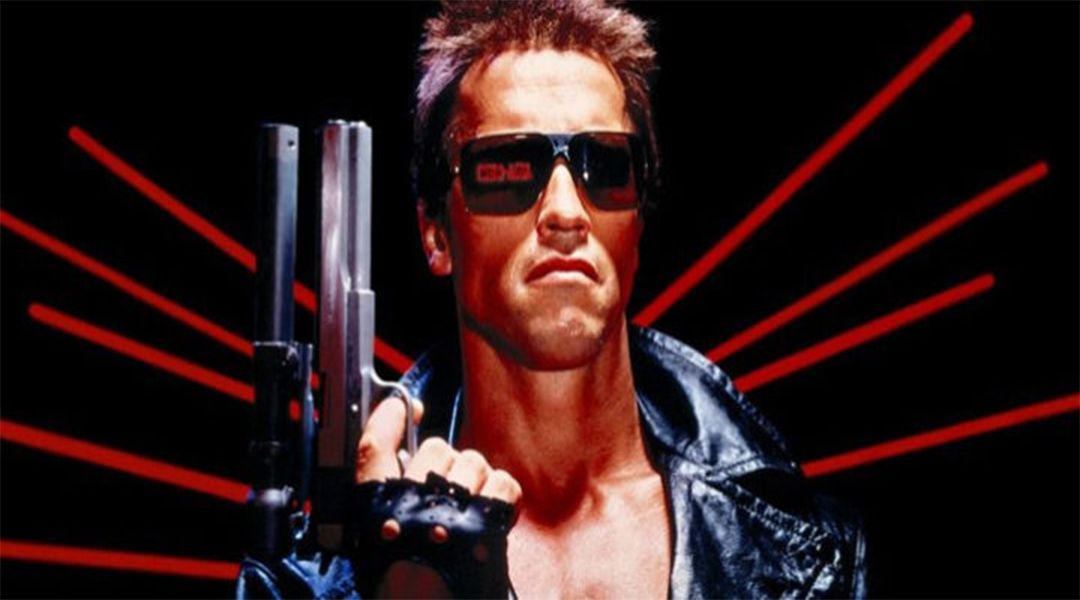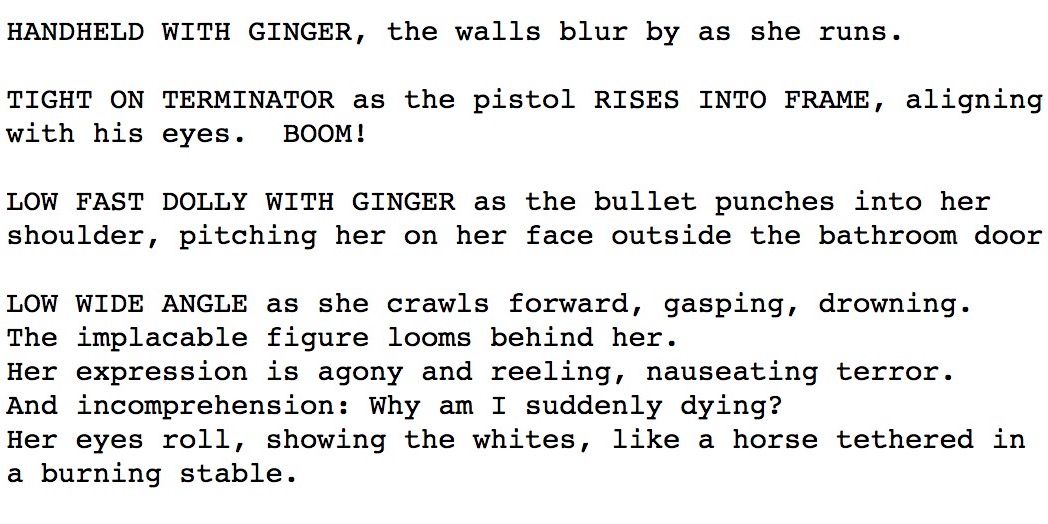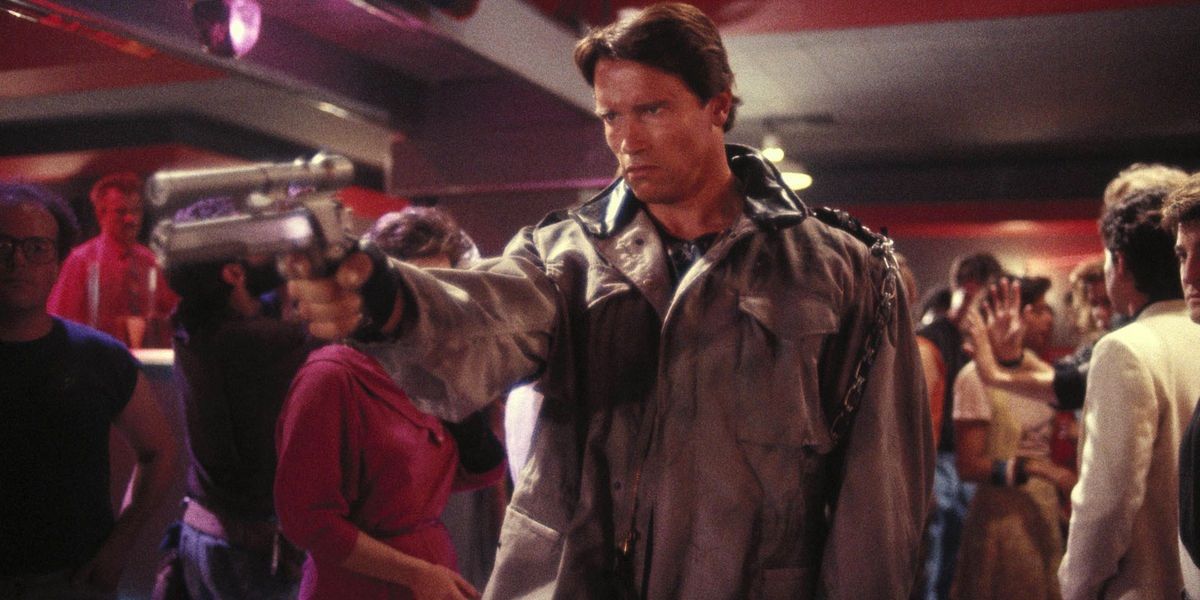It's one of those debates that seems restricted to the quiet corners of the film-nerd Internet but gets some surprisingly passionate reactions whenever it's brought up. What genre does James Cameron's original 1984 film The Terminator actually fit into? Is it action, science fiction, or horror?
The easy answer, of course, is "yes." Both Terminator and its 1991 sequel Judgment Day have proven to be massively influential in all three genres, with T2 in particular massively redefining action movies and video games for at least the next 20 years. Every time-travel plot, stylish shotgun slide-rack, and seemingly unstoppable killer moving through gunfire at a slow walk seen in a film since 1991 owes at least a stylistic debt to the first two Terminators.
The original Terminator, however, sits on an interesting borderline. Many fans of the film will argue that it's a science fiction or action movie, given its gunfights, explosions, killer robots, and depiction of a dark future. On IMDb, its genre is listed as action/sci-fi; on VOD streaming services like Amazon Prime Video or AMC, it's usually considered an action film.
As far as James Cameron is concerned, though, he was making a horror movie. According to Rebecca Keegan's 2009 biography of Cameron, The Futurist, the original inspiration for The Terminator came from a nightmare Cameron had while filming his directorial debut, Piranha II: The Spawning, in Rome, Italy. Cameron got sick at one point, and dreamed about a "metallic torso holding kitchen knives dragging itself from an explosion."
And yes, James Cameron's first film as a director is an almost-forgotten 1982 Italian splatter movie. It's actually a star-studded production, as these things go; Pirahna II co-stars Lance Henriksen, who'd go on to be a frequent collaborator of Cameron's, and was written by Charles Eglee under a pseudonym. Eglee would go on to do a lot of work in TV, including co-creating Dark Angel with Cameron and writing for Dexter, NYPD Blue, and The Walking Dead. Sometimes, even cheap horror movies can lead to great things.
Once he wrapped Piranha II, Cameron went back to California and co-wrote the script for what became The Terminator with his friend Bill Wisher. One of his primary influences was the horror director John Carpenter, whose star was on the rise in the early 1980s due to films like The Fog, The Thing, and Escape from New York. Carpenter had caused a small-scale trend in Hollywood after the success of 1978's Halloween, which had been filmed for under $350,000 and had made $70 million. "That was everyone's break-in dream," Cameron said at one point, "to do a stylish horror movie," and for him, it was. Cameron's sharp rise from obscurity to fame started with The Terminator.
Cameron put several twists on what was already the slasher formula with the script, however, including the sci-fi hook of his antagonist's origins. This is also arguably the first appearance of a slasher villain who isn't a stealthy murderer, capable of appearing and disappearing almost at will, like a Jason Voorhees or Michael Myers, both of whom were two films deep by this point. Instead, the T-800 is a force of nature, without any need or desire for subtlety.
The T-800 as a horror villain comes across the most strongly in Cameron's original screenplay, which is available for free on sites like the Internet Movie Script Database. The sequence in which he kills Sarah's roommate Ginger and her boyfriend Matt is remarkable in how it suddenly resembles a John Carpenter scene. It's the only time in the film where the T-800 sacrifices its typical efficiency for raw impact, killing Matt with his bare hands before dealing with Ginger in what might be the single most sadistic death in the film:
Ginger and Matt's deaths are low-key responsible for a lot of the horror filmmaking that came afterward. There's a lot of this sequence's DNA in every later movie and game that happens to feature a similar unstoppable killing machine, where a villain simply wades through his victims' attacks and destroys them. By the sixth Friday the 13th movie, and the debut of "undead Jason," the slasher as an unstoppable monster had become firmly ingrained in horror as a solid go-to antagonist. Michael Myers ended up biting some of the Terminator's style by the fourth movie in the original Halloween series, bringing the inspiration full circle with the inspired, and the little-known Maniac Cop 2 even tried to one-up the famous police station massacre. (And failed. But it tried!)
This isn't to say that The Terminator is a horror movie on the strength of what it later inspired. Instead, it's a horror movie on the basis of how Cameron made it. It's set in a grimy, poorly-lit 1984 Los Angeles that's falling apart at the seams, where the T-800 muscles into the few bright spots in it and immediately blows them all to hell. Linda Hamilton's Sarah Connor, who's just a young waitress in the original film, spends the first half of the movie at the center of a net that's slowly closing around her, with the T-800 constantly getting closer, and everyone who tries to protect her ends up dead. She's much like Laurie Strode, or Laurie's genre descendant Sydney Prescott, who's been thrown into a nightmare through no fault of her own. Suddenly, Sarah's life is burning down for no reason, and nothing can save her.
Thematically, then, and in terms of its overall presentation, The Terminator is James Cameron making a John Carpenter fan film, down to its cinematography and lighting choices. The biggest difference, and the one that seems to cause most of the genre confusion, is that the T-800 uses some particularly impressive guns. If the visual language of the film wasn't so centered around firearms in general, with the balletic mayhem of the police station massacre or the dangerous red laser sight on the T-800's .45 pistol (one of the first appearances of a laser sight in a film, in fact), there'd be less question about whether or not it was a horror movie. If the T-800 didn't use guns at all—if it favored the same knives, hand tools, and improvised weapons as a Jason or Michael—there'd be no question at all.
It doesn't help that by the time Cameron made Terminator 2, he'd abandoned much of the original film's horror roots. While T2 certainly isn't without its horrific moments, such as Sarah's dream of dying in nuclear fire or the ease with which the T-1000 kills John's foster father, it's one of the definitional action films of its decade, and arguably of all time. That, in turn, means the Terminator franchise—which has never ascended to T2's heights again, despite 30 years of attempts—has undergone one of the most dramatic overall genre shifts of any movie in film history.
Consider a rewatch of the original Terminator sometime, maybe as a double bill or part of a marathon with some of Carpenter's contemporary horror films like The Thing. It's lost some of its impact now, as modern audiences tend to have found out about its central twist—Kyle's definitely the good guy, and the T-800's the villain—through sheer cultural osmosis. Even so, The Terminator still has a lot going for it, not least of which is low-key being one of the best horror movies of all time.

